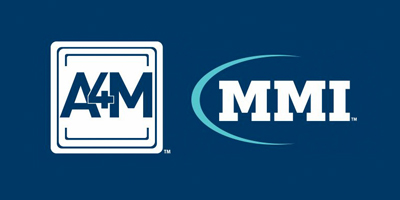While acne is most often associated with and prevalent in adolescents, the cutaneous condition can occur in patients of all ages. Recently, cases of adult acne have spiked in light of heightened population stress levels while the clinical phenomenon of acne in babies has recently garnered attention. Occurring in approximately 20% of newborns, neonatal acne, also referred to as “baby acne”, is a common and predominantly temporary condition presenting in the form of small red or white bumps on a baby’s face or body.
This skin condition resolves on its own without treatment and usually only occurs throughout the first few months of life. It differs from infantile acne – which occurs in approximately 2% of infants – in that it is not associated with open comedones, whiteheads, or reddish pimples. Infantile acne can also manifest as cysts or nodules and result in permanent scarring without the appropriate treatment. Furthermore, research has shown that babies who experience infantile acne face an increased risk of developing severe acne in adolescence and later life.
Symptoms and Presentation
While neonatal acne can be present at birth, the majority of cases occur within two to four weeks after birth and lasts for a few days or weeks. Baby acne usually presents in the form of red bumps or pimples, white pustules or whiteheads, and reddish skin surrounding the affected area. It can develop anywhere on the face yet most commonly occurs on the baby’s cheeks; in some cases, baby acne may also develop on the upper back or neck.
Symptoms may become more apparent if the baby is fussing or crying and can be irritated by rough fabrics or saliva on the face. Neonatal acne is predominantly harmless, however, if the baby’s acne results in blackheads, pus-filled bumps, inflammation, pain, or discomfort, patients are encouraged to seek medical treatment right away.
Clinical Treatment and Home Remedies
Neonatal acne usually resolves without treatment although some babies may present with a more stubborn form of the condition that can linger for months. In these cases, treatment may include medicated creams or ointments, such as a 2.5% benzoyl peroxide lotion. Over-the-counter acne treatments, face washes, or other products should not be used as they can worsen the condition by causing additional skin irritation of the baby’s sensitive skin.
Home remedies may be sufficient and can help keep the baby’s skin as healthy as possible. It is important to keep the baby’s face clean by washing it daily with warm water; skin products are not necessary, but a mild soap or soap-free, fragrance-free cleanser can be used if needed. Patients should avoid using harsh products commonly prescribed in cases of adult acne – such as retinoids or erythromycin – because these are not suitable for babies. In addition, lotions and creams may aggravate neonatal acne as can scrubbing or physical exfoliation; gently sweeping a washcloth over the face in circular motions is recommended.
Underlying Causes of Baby Acne
The underlying causes of neonatal acne remain unknown, although, some experts believe it can be caused by variations in maternal or infant hormones. It is also important to note that certain rare conditions may also cause acne that refuses to resolve without treatment, including tumors, congenital adrenal hyperplasia (CAH), and other endocrine conditions.
Neonatal acne is usually not a cause for concern, particularly if it develops before 6 weeks of age. When acne manifests after this point, it often signals the development of infantile acne and can indicate an underlying health condition. Cases of infantile acne will require the attention of a board-certified dermatologist or pediatric dermatologist to rule out other underlying health conditions, prescribe appropriate treatment, and prevent permanent acne scarring. Luckily, in both neonatal and infantile acne, the majority of cases resolve on their own before the age of two.















